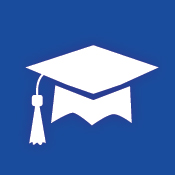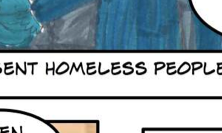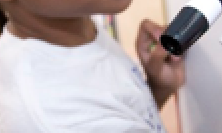Powerfull Voice of Kids - Digital & Media Literacy Education
- Professor
Description

You are always careful to balance your enthusiasm for media and technology with a clear connection to your academic standards. You want to be sure that media and technology are not used in the classroom for their own sake, but to advance your lessons, goals, and learning target. Multimedia presentations, engaging websites, and educational technology serve the purpose of helping you deliver the core content that students need to master.
Protect
- Keep students on-task with current assignments and less prone to diversions or chaotic, unstructured media activities.
- Heavily scaffold and structure classroom conversations to help students master content and better understand lesson goals.
- Use educational technologies as “safe spaces” where students can explore within well-defined content boundaries.
Empower
- Help students understand how engaging media connects to the content lessons that are crucial to their academic development.
- Expand students’ conception of what kinds of composition practices are acceptable in academic environments by encouraging them to make presentations, videos, and other media products.
- Provide a vision of educational success that includes mastery of media materials relevant to their academic success, including word processing, multimedia presentation creation, video production, and other skills.
Strengths
Professors have a keen understanding of their goals in teaching, and so do their students. Professors are less likely to experience the kind of messiness that can be inherent in large, collaborative media projects. Their students always have a clear sense of the relevance of integrating technology and media to immediate needs of a lesson and subject.
Challenges
By hewing to curriculum needs, sometimes Professors miss opportunities to go “off-script” to exciting and important teachable moments. Using technology and media in the classroom provides lots of opportunities for creativity, improvisation, and exploration that may or may not be easily integrated into a strict lesson template. These kinds of spontaneous and semi-structured explorations can help deepen students’ understanding of some of the issues that are most important to them in their everyday lives—issues that involve their families, communities, current events, and important but unpredictable life lessons.
Related Ideas
-
zoom
 City as Classroom
City as Classroom
Creating a non-fiction comic about the life of a...
-
zoom
 Authors and Audiences
Authors and Audiences
Why authors create
...
-
zoom
 Warm & Cool Feedback
Warm & Cool Feedback
How feedback supports the creative process...